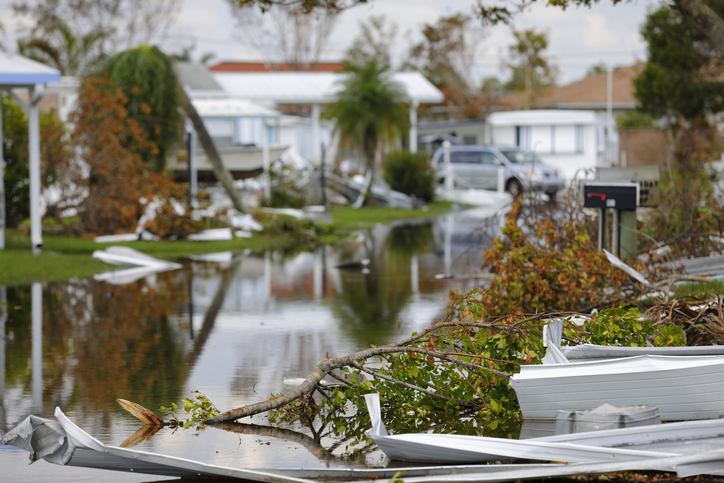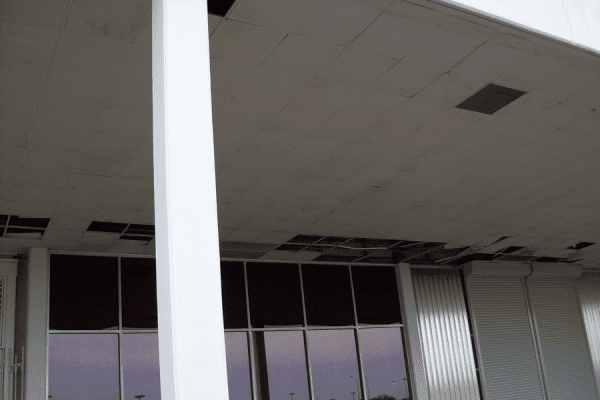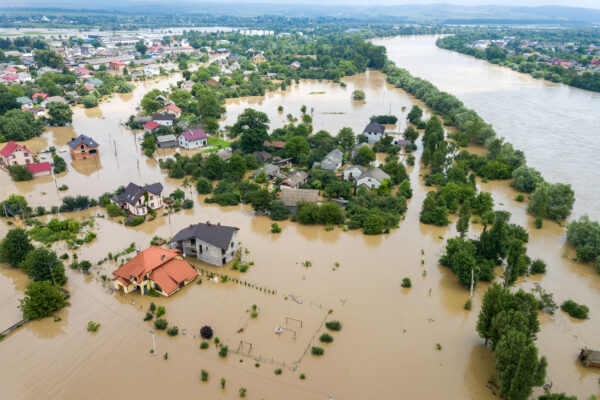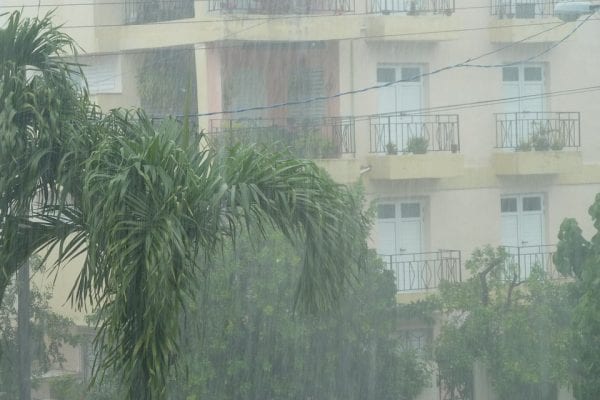Storm season is here! While this year’s hurricane season is expected to be average, that’s no reason to take this season any less seriously.
If you’re a magician, you can protect your properties by diverting any storms that come your way. Otherwise, you should be preparing to mitigate your risk in other ways.
Here are 5 things you may not realize you should be doing right now, but that will substantially protect your investments if you do.
One: Inspect for Hazardous Materials
Hazardous materials may not be the first thing on your mind when a hurricane strikes, but if you’ve got them in your buildings, it will definitely be something you’ll wish you’d thought about. Asbestos and lead-based paint can be present in any building of any age. They can remain present, without causing harm, almost indefinitely–until they are disturbed. Once disturbed, they become a major problem.
Storm damage can disturb the materials and become both hazardous and extremely difficult to mitigate.
To mitigate this risk, invest in a hazardous materials inspection now, and mitigate anything that is found while the materials are intact and relatively easy to remove. A hazmat inspection will also identify other types of hazardous materials you may have on site, such as stored chemicals, so that you can either remove them or develop a plan to prevent them from causing problems in the event of storm damage.
Two: Get Up to Code
Building codes and regulations exist for a reason, and one of the reasons is that a properly constructed and updated building is safer and more resilient in the event of a natural catastrophe. Older buildings may not be required to be fully in compliance with building codes and regulations, but it pays to update to code periodically anyway. Proper fire suppression, correct wiring, and many other code requirements will help your buildings remain safe and functional in the event of a disaster.
Three: Organize Your Documents
Nothing will make you gladder to have your as-built drawings handy than a sudden need to respond to a disaster. As-built drawings and other building documentation help catastrophe teams respond quickly and effectively. Teams that are equipped with accurate floor plans, mechanical documentation, and plumbing, electrical and other system information can get in faster, evaluate more swiftly, and develop remediation plans that are both effective and fast.
Get these documents organized, and make sure your response teams have them in advance. Additionally, you should have clear contingency and communication plans in the event of a disaster, and have that documentation in the right hands ahead of time. These measures will significantly reduce stress and improve response times.
Four: Review Your Insurance Coverage
The worst time to find out your insurance policy is inadequate is after the disaster has happened. One very common problem that plagues property owners after hurricanes is missing or inadequate flood insurance. Standard property owner policies do not cover all forms of flooding, making it necessary to purchase separate insurance, which is often not required by mortgage lenders.
As a result, many property owners learn to their dismay that they have no access to the funds necessary to rebuild or renovate after a disaster, leaving them holding a damaged property with no recourse to recovery. This problem was seen extensively after Hurricane Katrina, and it continues today after every major disaster.
For more about the different types of insurance you may need, read this. Then review your coverage for policy limits, exclusions, and other elements to ensure it will allow you to fully recover from storm damage.
Five: Assemble Your Team
One of the biggest mistakes property owners make is thinking they can wait to contract with a disaster response team after a disaster strikes. Stores sell out of milk and bread before a storm, and in the same way, disaster response teams are often too busy with existing clients to take on new ones as a storm approaches.
Likewise, if you don’t already have your internal teams organized, you’ll find yourself spending precious preparation time figuring out who should be communicating with whom, and who should be making decisions.
To ensure you can respond and recover quickly, make sure you know who on your own team is responsible for communication and making decisions, and contract in advance with a reputable catastrophe response team. The right team will be with you from start to finish, beginning the moment you know a storm is approaching.
It can feel overwhelming to prepare for storm season, but you will be glad you did. For more help, check out our hurricane preparedness checklist, and then get in touch to discuss your specific needs.






